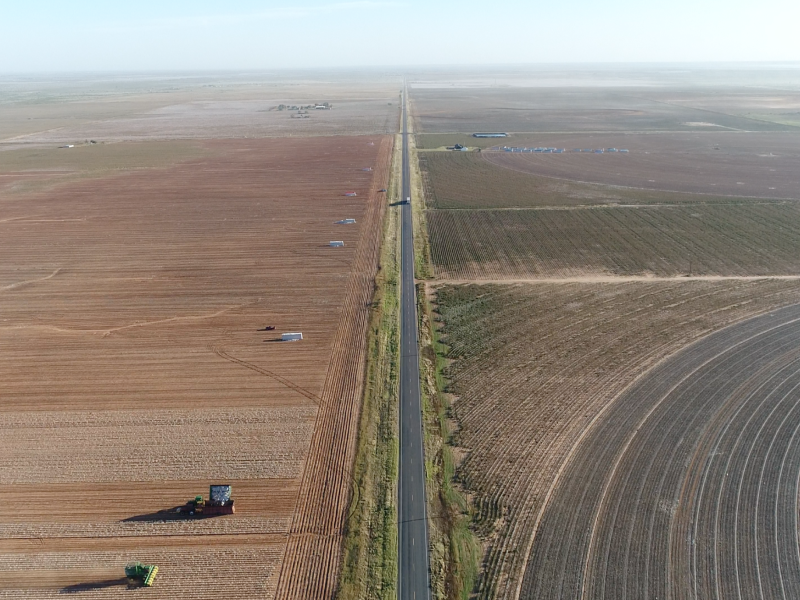THIS IS LIKELY THE LONGEST CONTINUOUS DRONE FOOTAGE EVER RECORDED
There is no more powerful tool in storytelling than a memorable image. The documentation of a landscape could be executed in a multitude of different ways, however, few capture the attention and imagination of the viewer like aerial imagery. Aerial imagery provides us an opportunity to see our own world in impossible ways, it allows us to take flight and look down upon our landscapes, cities, and ultimately ourselves instilling within us a sense of humbleness and modesty towards the fragility of our planet.
The goal of this project is to document the current state of the landscape in the Great Plains region of the US. The method of the project is a continuous drone film, covering nearly 1000 miles. Our aim is to document and expose the scale and traces of climate change induced droughts, methodologies being used to mitigate the increasing water shortage, and to predict the trans-formative future that is in store for the landscape. While we are not specifically calling for any conservation efforts with this project we wholeheartedly believe that there is a dire need for a fresh and new way to document and study the landscapes we are transforming.

While we strive to capture the viewer’s imagination and instill a sense of awe and wonder in them this is simply a means to an end. Our ultimate aim is to increase the knowledge of the ecological state and highlight the current issues and future trends of the main global agricultural belts covering the Great Plains in the US and the Prairies of Canada such as the Saskatchewan Region. This is a region that is rarely visited, and it is precisely this lack of awareness that has led to its massive transformation going virtually unnoticed in the public eye and in the case of US this has resulted in a new environmental disaster in the making. Our focus will be to document the ever-increasing takeover of XL Agriculture, anticipated and recorded shifts due to climate change, and early steps being explored towards water security, and crop diversification occurring in the Canadian region. We aim that the film will serve as an effective documentation and exposure of the future challenges, serve as a catalyst to inform and spark debate, and inform future planning of XL agriculture. It is a question that already has some audience in Canada, but for now with relatively little visual record to substantially support scenario building and future planning, in finding a long-term sustainable methods of large food production.




